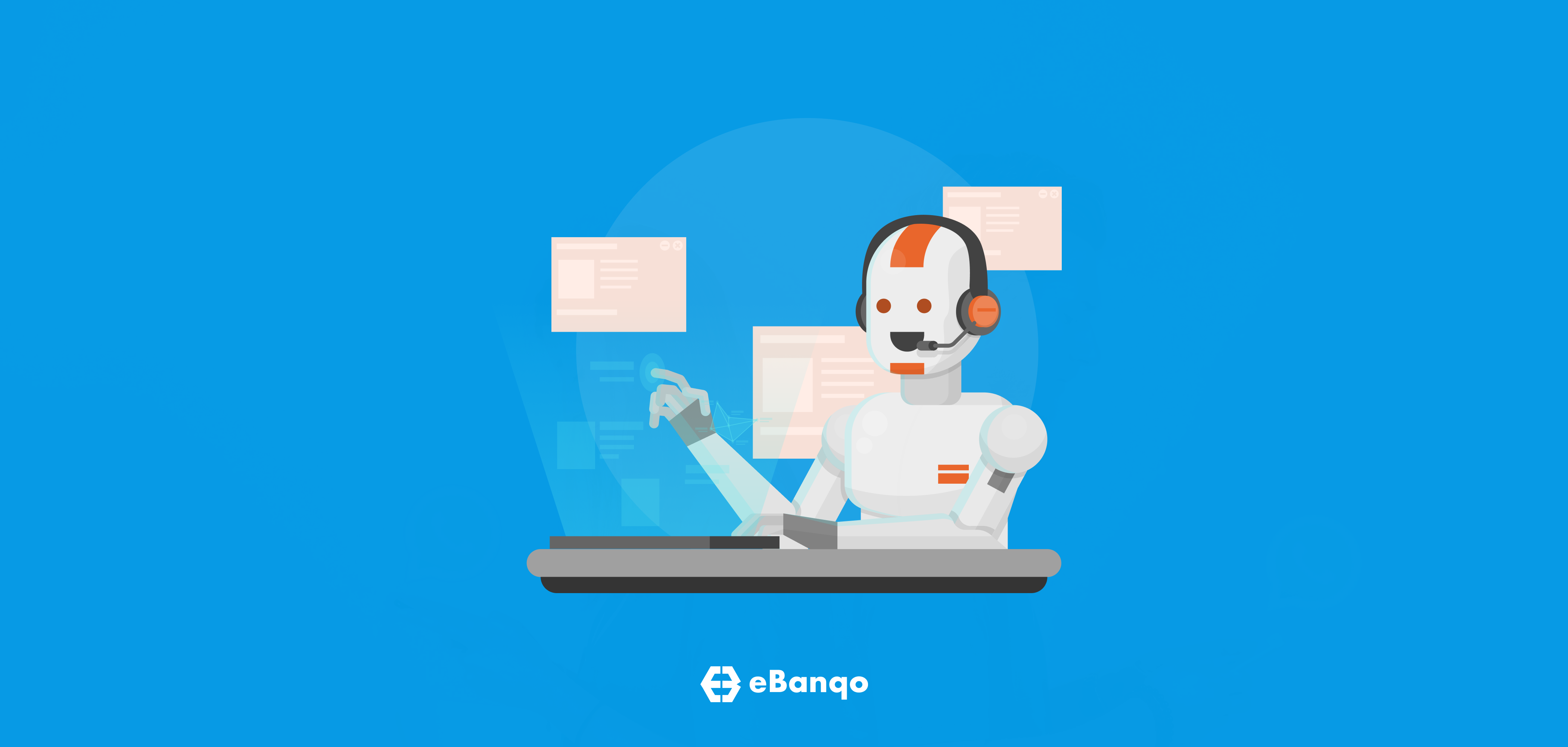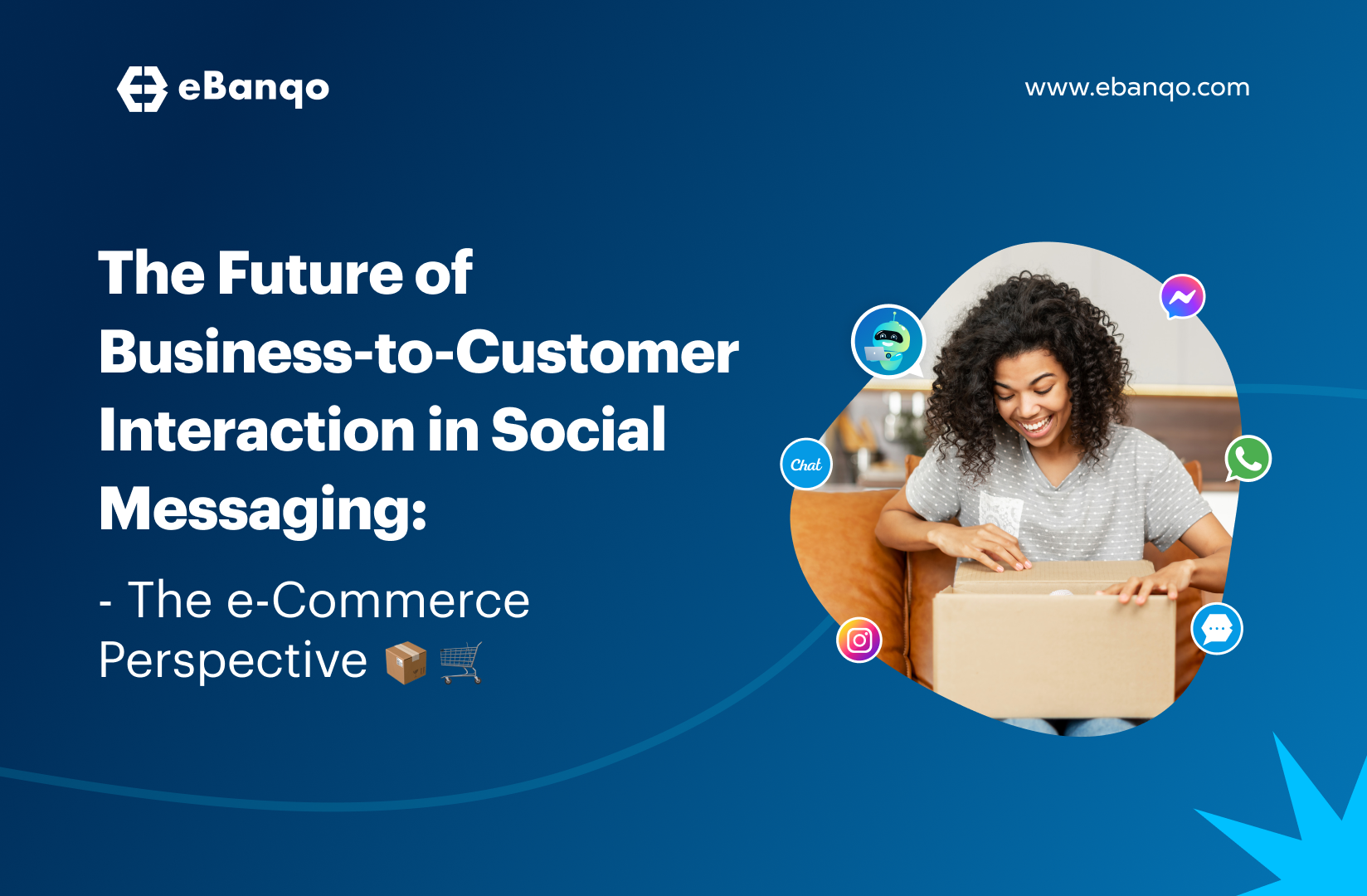
Customers’ demand for rapid and convenient support has led businesses to pay more attention to customer service. They’re unwilling to put up with subpar service and 61% of them leave after an unpleasant experience. Considering the competitive landscape and the fact that it’s more expensive to acquire new customers than to keep existing ones, businesses should do everything within their power to provide better support. One way is through a customer service chatbot.
Keep reading to learn more about customer service chatbots and how you can build one that exceeds expectations and improves your customer experience.
What is a customer service chatbot?
A customer service chatbot is built and deployed to handle a range of simple customer service issues. It could be as simple as answering customers’ questions, connecting them to an agent or assisting to complete a self-service option.
Some businesses keep it simple while others turn to sophisticated AI chatbots that can understand more complex questions and support a wide variety of self-service options. But how important are chatbots to customer service? What benefits do they bring to businesses who deploy them for support?
Why are chatbots important in customer service?
Chatbots are quickly becoming an integral part of customer support, partly because there is a need to provide better, faster, more convenient support.
1. Reduced wait time
Chatbots serve as a first response unit, intercepting complaints or issues and escalating complex cases to support agents. Since customers interact with the bot first, the wait time is shorter because the bot handles simple complaints which make up the bulk of support issues.
2. 24/7 customer support
When customers have problems using a service, they want immediate answers, even if it’s after work hours. To meet the demand for instant answers, affluent businesses maintained a 24hour support, while others who couldn’t afford it looked for ways to pacify angry customers.
A customer service chatbot provides a level playing field for all businesses regardless of size. Large businesses can supplement the chatbot with support agents (though the number of agents required is smaller/lesser with a chatbot), while smaller businesses are assured that a competent digital assistant can handle all support issues no matter the hour.
3. Reduced Costs
It’s a popular belief that chatbots will reduce customer service costs by 30%.. This cost reduction is tied to three things. First, with chatbots,, you don’t need an army of agents to keep the contact centre functional. For simple issues (which account for 80% of customer service queries), a chatbot can respond to many customers at the same time. This ability to hold simultaneous conversations with a lot of customers makes it more efficient than a human.
Second, when chatbots handle routine issues, they give agents more time to focus on problems that require human expertise to fix. Since support agents don’t have to spend their day answering the same repetitive questions, job satisfaction is higher and turnover reduces.
For context, the customer service industry has a high turnover rate – about 45% annually. When agents are satisfied with their jobs, they save you money that you would have spent recruiting and training their replacements.
Finally, chatbots are more cost-effective than emails and phones. Businesses spend $1.3 trillion in customer service calls annually. Studies show the average cost of a customer service phone interaction is from $35 to $50 per interaction compared to $8 to $10 of chat. In healthcare and banking, chatbots save 4 mins per customer query which saves an average of $0.50 to $0.70 per interaction.
How to build a perfect customer service chatbot
1. Automating simple tasks
The first rule of automation is to start with simple tasks. The same principle applies when building a customer service chatbot.
When you begin with simple tasks, like automating Frequently Asked Questions, the success rate is higher. Also, you have time to learn what worked best and why it worked. This knowledge serves as a guide as you automate more customer service functions like Issue resolution in the bot
2. Deploy an AI bot
There are two kinds of chatbots: AI chatbots and Rule-based chatbots. In customer service, an AI-bot is best for several reasons. Since your bot is the first response unit, customers will chat with it in different ways. Language and styles will differ, and so it is crucial that your bot is able to help as many customers as possible regardless of how they chat with it. This is where Natural language processing (NLP) comes in. With NLP, your bot understands the purpose or intent behind a customer’s message and is able to deliver the right response.
Using a rule-based chatbot means you miss out on some opportunities to better serve customers as NLP is only available on AI-bots
3. Combine chatbot + live chat
If the first rule of automation is “automate simple tasks first”, then the second rule is “provide escape hatch”. Escape hatch refers to a means for customers to leave the conversation with a chatbot. In a chatbot conversation, this escape is live chat.
A customer may begin a conversation with a bot but for various reasons decides to continue that conversation with a support agent. In such cases, ensure that the transfer is quick and smooth. always aim to have a support agent on standby to take over from a bot. Where this isn’t possible, inform the customer and provide alternative means to reach you.
4. Analytics
Every customer service software has analytics and so should your chatbot. This is important as it is necessary to see how customers and the bot are interacting. This can help spot patterns and trends that’ll be useful when making business decisions.
Analytics is equally important because it shows the customer service requests or issues your chatbot couldn’t resolve. This reveals areas of weakness and arms you with the relevant data to take action.
A customer service chatbot helps to provide faster and more convenient support. Itreduces wait time and provides round the clock support which further improves your customers’ experience.
Do you want to see an example of a customer service chatbot at work? Schedule a free demo and see how it works.





